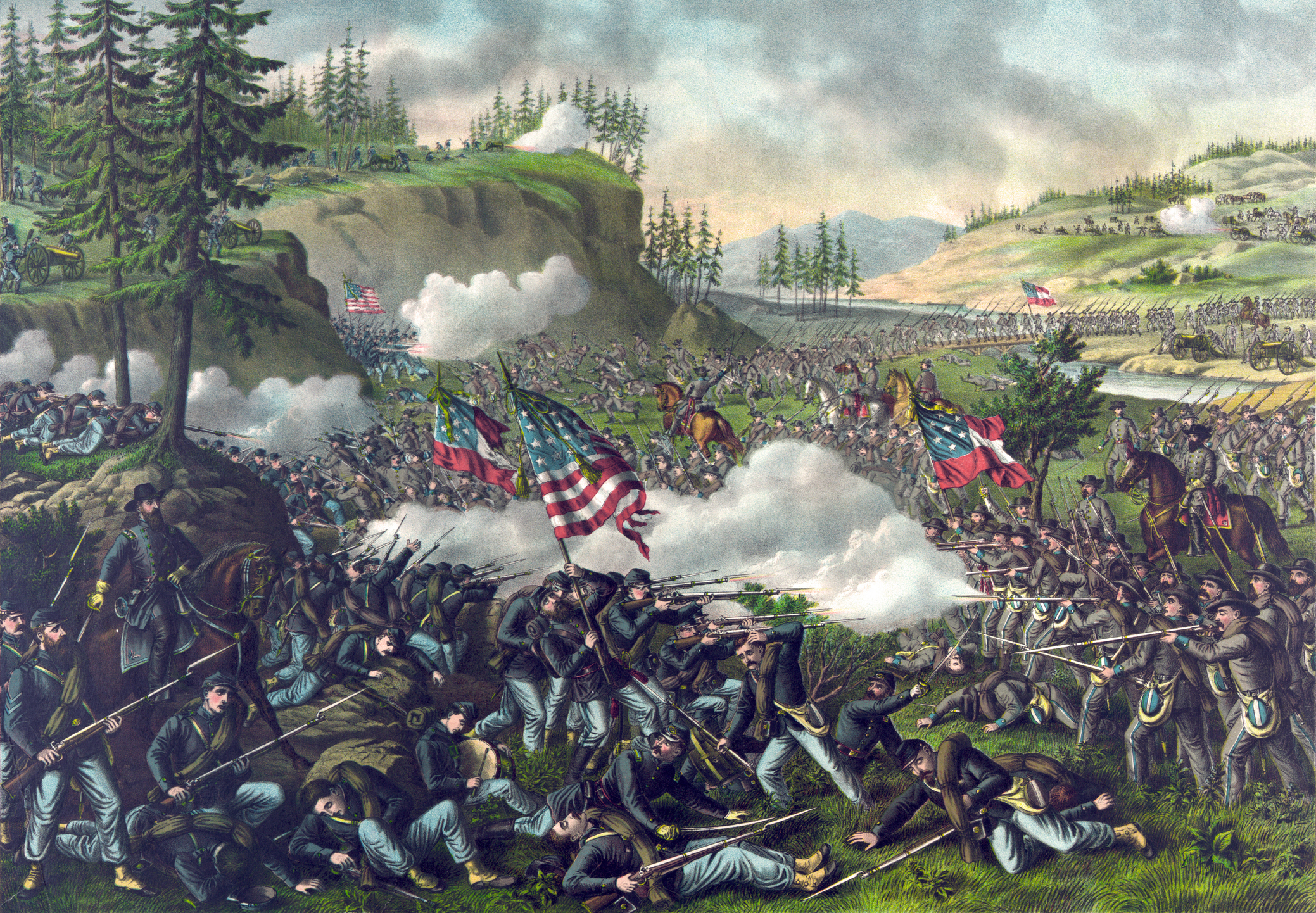
Following the successful launching of Berkshire Heroes in WWII-With Courage and Honor, I began working on my next book. As some of you know, it’s about the US Civil War. The tentative title is Hometown Heroes in the Civil War.
One of the things I thoroughly enjoy about writing my books is doing the research on them. Gathering facts and reading about what many call The War of Rebellion has been and continues to be fascinating. I plan to insert these learnings throughout the new book in the chapters of the men and women who responded to their country’s call over 150 years ago.
Over 3,000,000 soldiers served in the Union and Confederate armies and at least 700,000 died in the carnage. At the time, the death toll represented 2% of the US population. A similar toll with today’s census would result in 7,000,000 deaths. The War Between the States, as it is also called, is said to have touched almost every family in the country.
One third of the men in the North served in the war. Most were between 18 and 29 years old, although some were as young as twelve. The average height for the men was 5’8” and their average weight was about 140 pounds. Most worked as farmers or laborers before enlisting.
The four-year war had over 10,000 battles and skirmishes, mainly on the eastern seaboard. Early in the war there was a naval blockade instituted by President Lincoln that blocked most southern ports.
It was in one of those ports that a submarine was for the first time able to sink a Union ship. The USS Housatonic was sunk in Charleston harbor. One of my book’s chapters will include a sailor who survived the sinking!
The hometown boys, seldom off their farms, were quickly trained and persistently drilled. With the scantiest of equipment and clothes, they marched hundreds of miles in the most difficult weather and terrain, often without shelter and food, sometimes even without shoes.
The soldiers fought weeks and months without pay, were subjected to the worst of diets of hardtack (salted cracker) and coffee and often had only contaminated water to drink. That led to the greatest killers of the war—dysentery, cholera, and typhoid.
Of the thousands who died, two thirds of the deaths were attributable to disease. Sadly, most Civil War dead were not returned home for burial. Almost half of the dead were buried in unmarked graves. Families had to travel to retrieve loved ones if they were to be brought back home.
Medical care was primitive with the harsh procedures and sepsis inevitably killers. One in seven soldiers died from infection. There were half a million wounded and tens of thousands received amputations. Any follow up care was left to families.
Over a half million men were captured during the war. In the later war years, over 50,000 died in harsh prison conditions. One of the stories in this book narrates a sailor’s survival from conditions at Andersonville, the most notorious of Confederate prisons.
In moments of all too brief respite, men wrote letters, sang, played cards and checkers, and, most of all, played a new game called baseball.
I have just begun capturing stories for this book and am overcome once again with the daunting heroism of our Berkshire citizens.